Art World
Frank Lloyd Wright’s Guggenheim and 28 Other Magnificent Sites Have Been Added to the UNESCO World Heritage List—See Them Here
The ruins of the ancient Babylonian empire and the Indian city of Jaipur also made the cut.
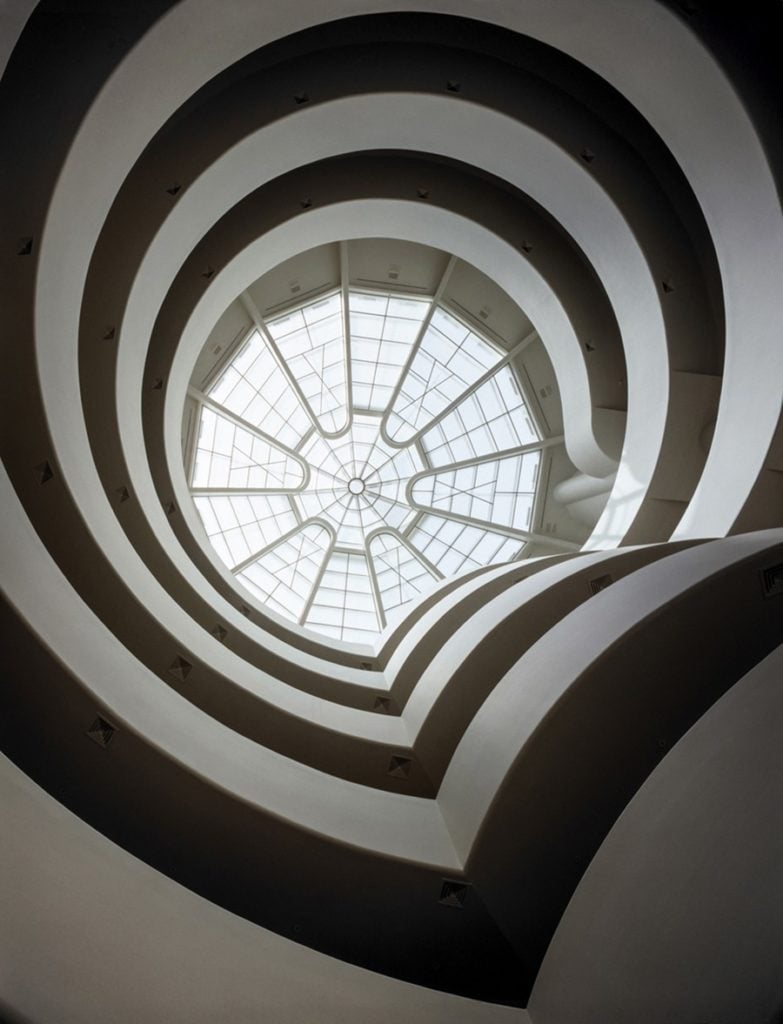
The ruins of the ancient Babylonian empire and the Indian city of Jaipur also made the cut.

Sarah Cascone

The Solomon R. Guggenheim Museum in New York, the ancient ironworks of Burkina Faso, and the ruins of the Babylonian empire in Iran are among the new additions to UNESCO‘s World Heritage List. The United Nations Educational, Scientific and Cultural Organization added 29 sites to the list during the 43rd session of the World Heritage Committee, held in Baku, Azerbaijan, from among 35 nominations.
The selections range from the nearly 300-year-old city of Jaipur, famed for its architecture and urban planning, to the Jodrell Bank Observatory in the UK, founded in 1945 and considered one of the world’s most important radio astronomy observatories.
Also included is a multi-site designation of eight major buildings designed by Frank Lloyd Wright, including the Guggenheim, the Fallingwater house in Mill Run, Pennsylvania, and Hollyhock House in Los Angeles. This is the first time that UNESCO has recognized Modern architecture in the US on the list.
The Guggenheim, completed in 1959, is known for its unique cylindrical design, with a continuous ramp of galleries circling the rotunda and ending just below the massive ceiling skylight. It was previously recognized as a New York City Landmark in 1990 and a National Historic Landmark in 2008. The building, located on Fifth Avenue along New York’s Museum Mile, was also added to the National Register of Historic Places in 2005.
The committee also recognized several natural landscapes, including Iceland’s Vatnajökull National Park, the literal land of fire and ice with its subglacial volcanos, and Iran’s Hyrcanian Forests, an ancient grove notable for both its age—25 million to 50 million years old—and its biodiversity, with 44 percent of its plant species found nowhere else in the world.
Founded in 1978, the World Heritage list comprises over 1,100 significant natural, historical, and cultural landmarks across the world.
See photographs of the new additions to UNESCO’s World Heritage List below.
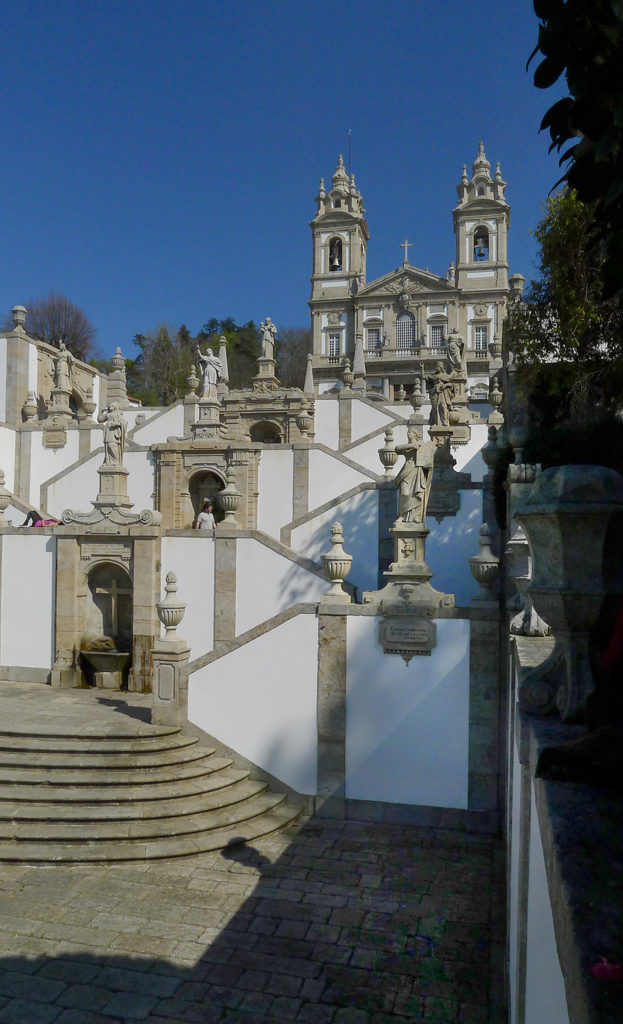
Sanctuary of Bom Jesus do Monte in Braga, Portugal. Photo ©João Paulo Sotto Mayor, courtesy of UNESCO.
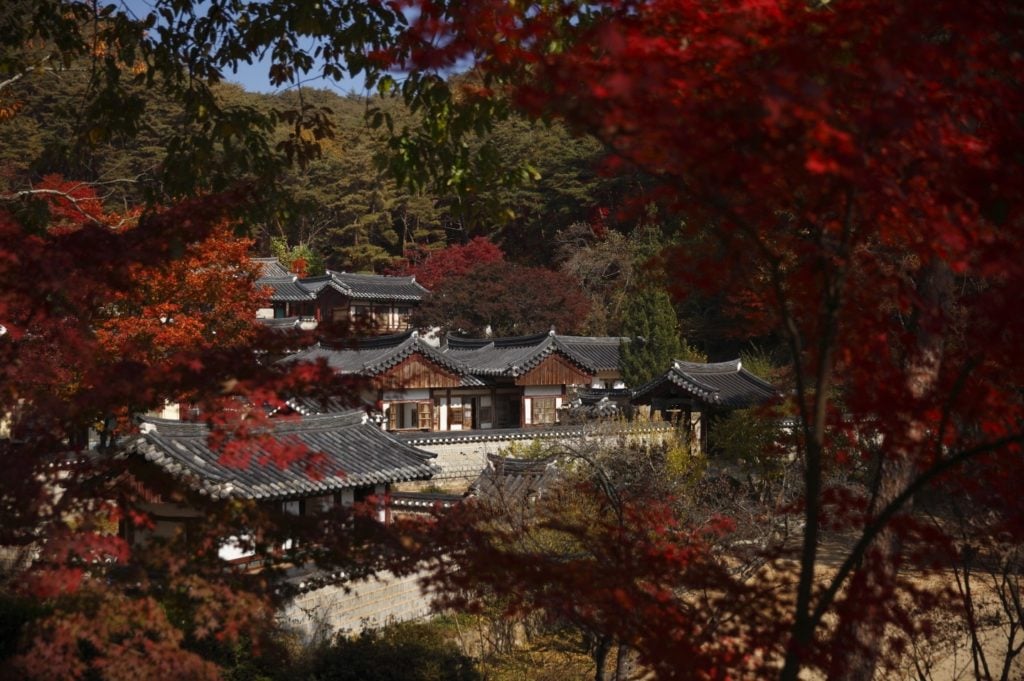
Dosan Seowon, South Korea. Photo by Oh Jong-eun, © Council for Promotion of the Inscription of Confucian Academies on the World Heritage List, courtesy of UNESCO.
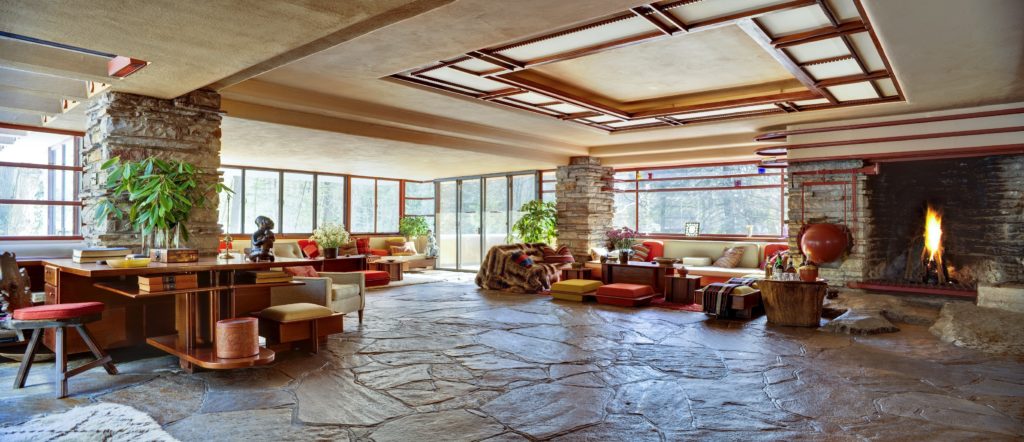
Frank Lloyd Wright’s Fallingwater. Photo by Christopher Little, ©Western Pennsylvania Conservancy, courtesy of UNESCO.
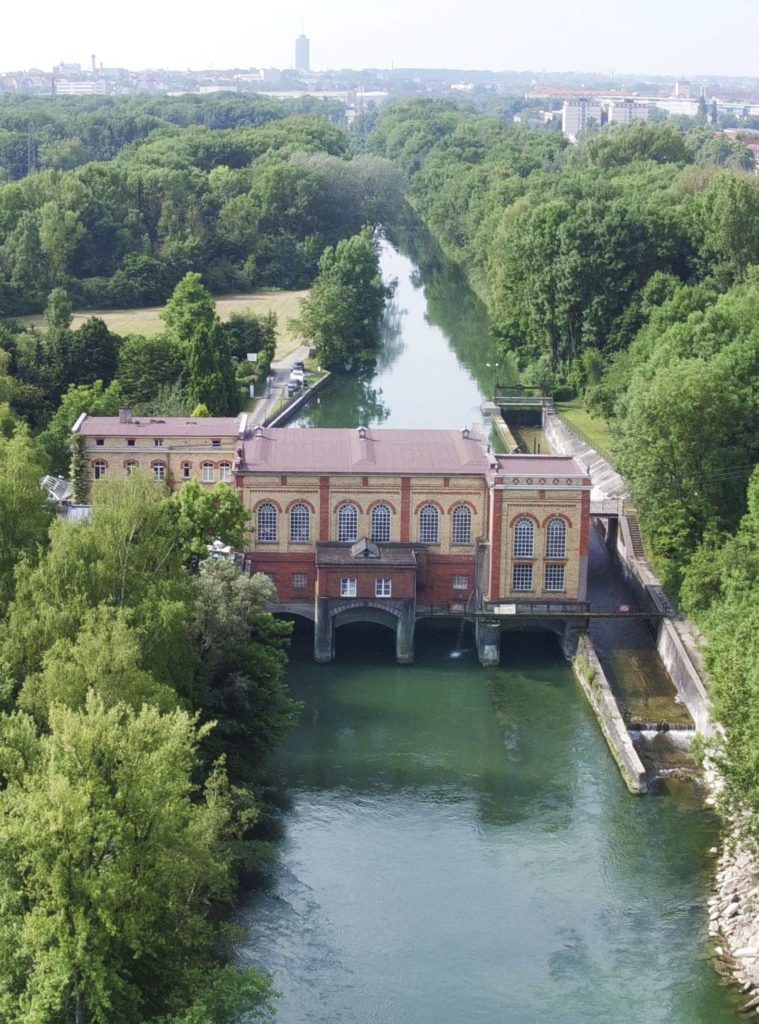
The Water Management System of Augsburg, Germany. Photo by Severin, ©ZEHNTAUSENDGRAD Videowerbung GmbH, courtesy of UNESCO.
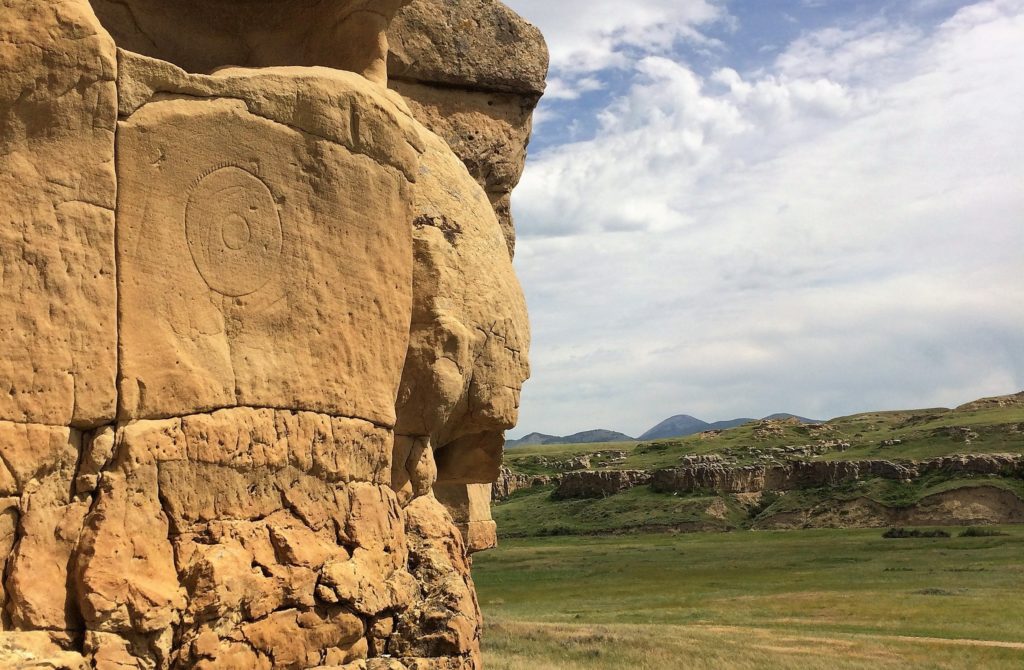
Writing-on-Stone/Áísínai’pi, Canada. Shield-bearing warrior and the distant Sweetgrass Hills. Photo by Alberta Parks, courtesy of UNESCO.
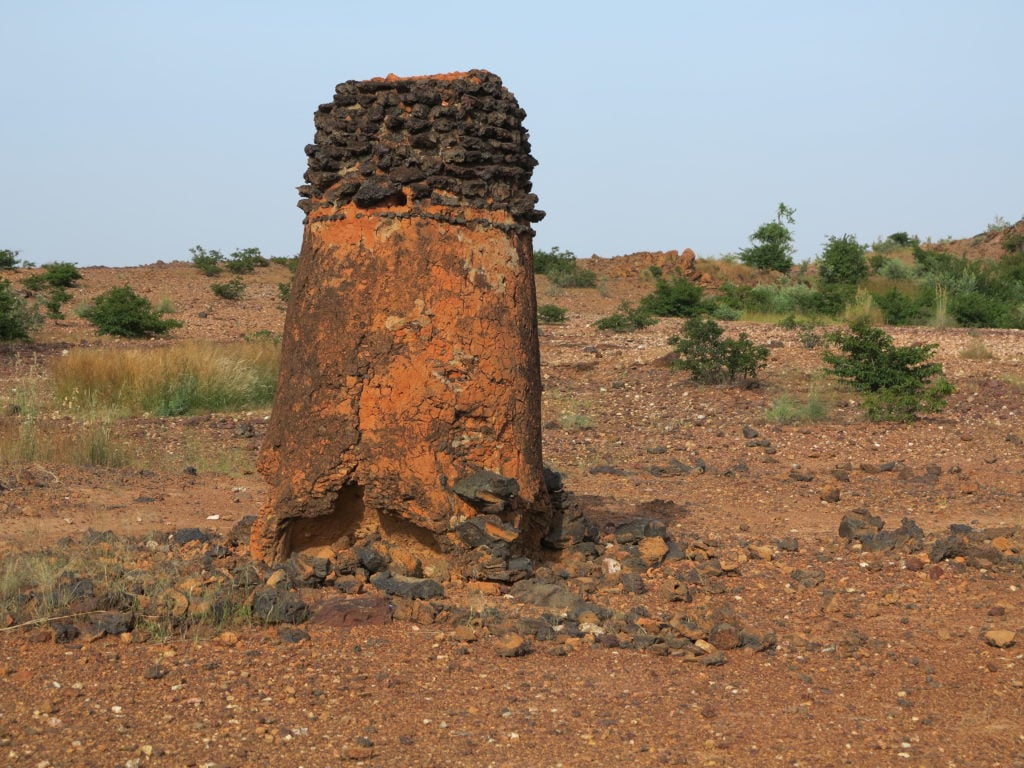
Ancient ferrous metallurgy sites of Burkina Faso, Tiwêga furnace, near Kaya. Photo by Sébastien Moriset, ©DSCPM/MCAT, courtesy of UNESCO.

Erzgebirge/Krušnohoří Mining Region, Czechia, Germany. Dippoldiswalde Medieval Silver Mines. Photo by J. Kugler, courtesy of UNESCO.
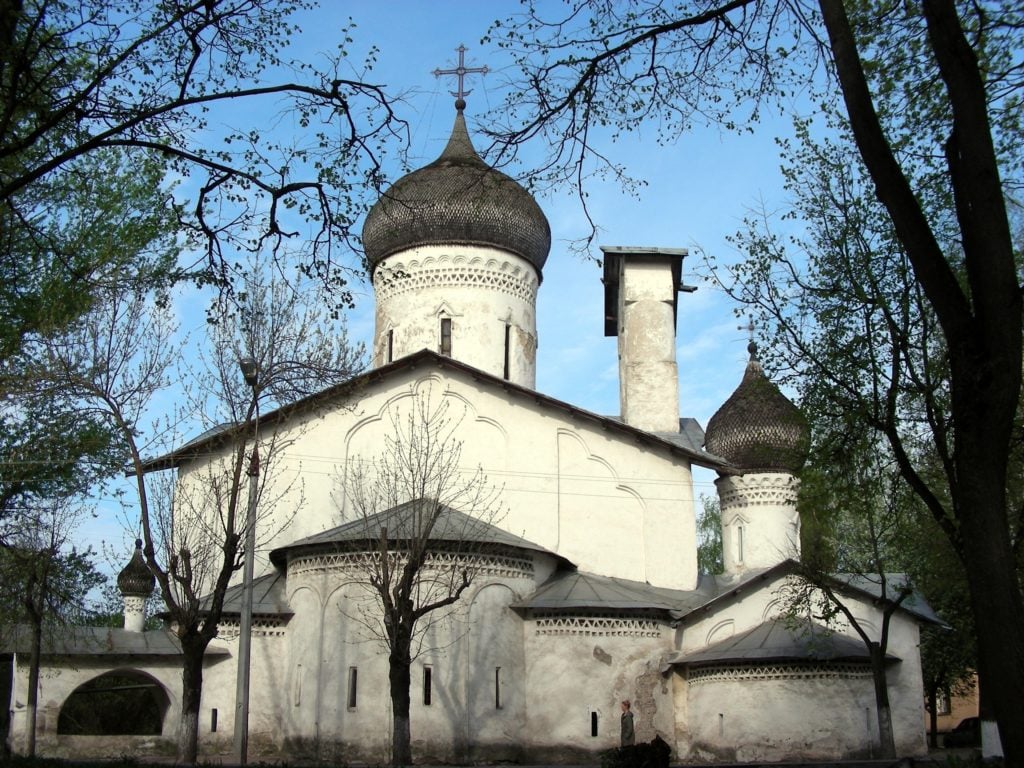
Churches of the Pskov School of Architecture, Russia. Church of St. Nicholas so Usokhi (from the dry place), 16th century. Photo by A.G. Kalinenko, ©State budgetary institution of culture “Research and Development Centre for Conservation and Use of Historical and Cultural Monuments of the Pskov Region, courtesy of UNESCO.

Dilmun Burial Mounds, Bahrain. Madinat Hamad 1 Burial Mound Field. Photo Melanie Münzner, ©Think Heritage, courtesy of UNESCO.
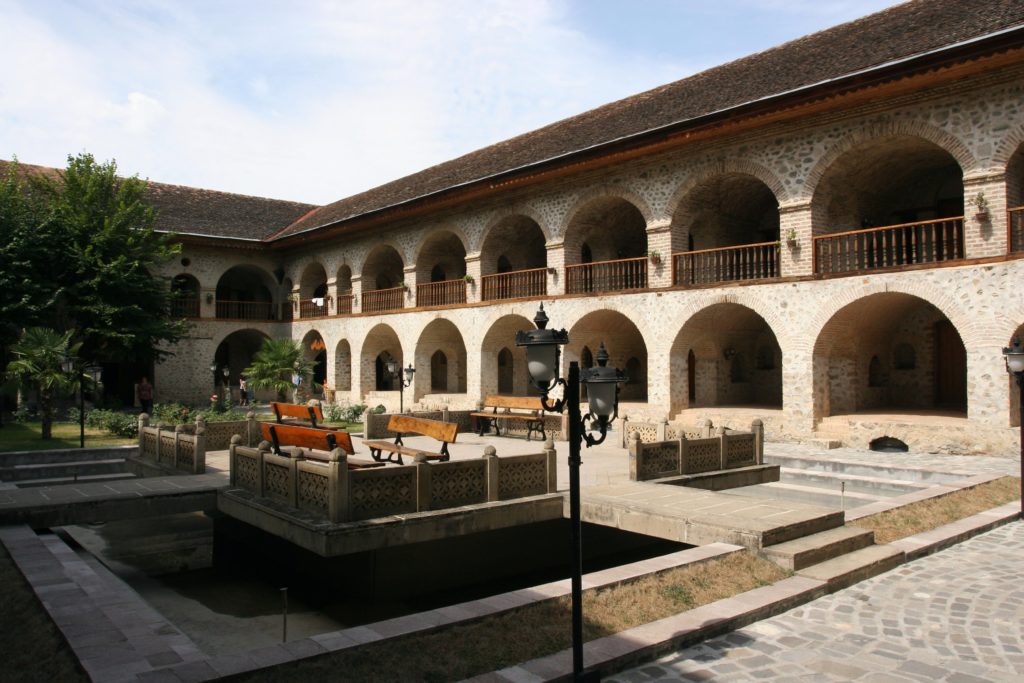
Historic Centre of Sheki with the Khan’s Palace, Azerbaijan. Photo by S. Mammadov. ©Azerberpa, courtesy of UNESCO.
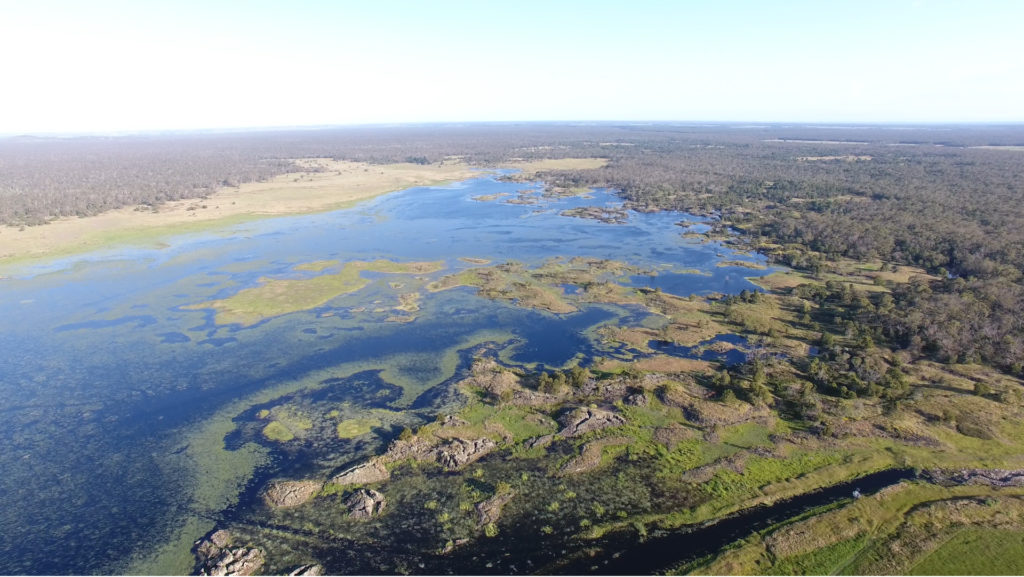
Budj Bim Cultural Landscape, Australia. Lake Condah. Photo ©Gunditj Mirring Traditional Owners Aboriginal Corporation, courtesy of UNESCO.

Risco Caido and the Sacred Mountains of Gran Canaria Cultural Landscape, Spain. The Milky Way over the Bentayga Highlands. Photo by Nacho Gonzalez, courtesy of UNESCO.
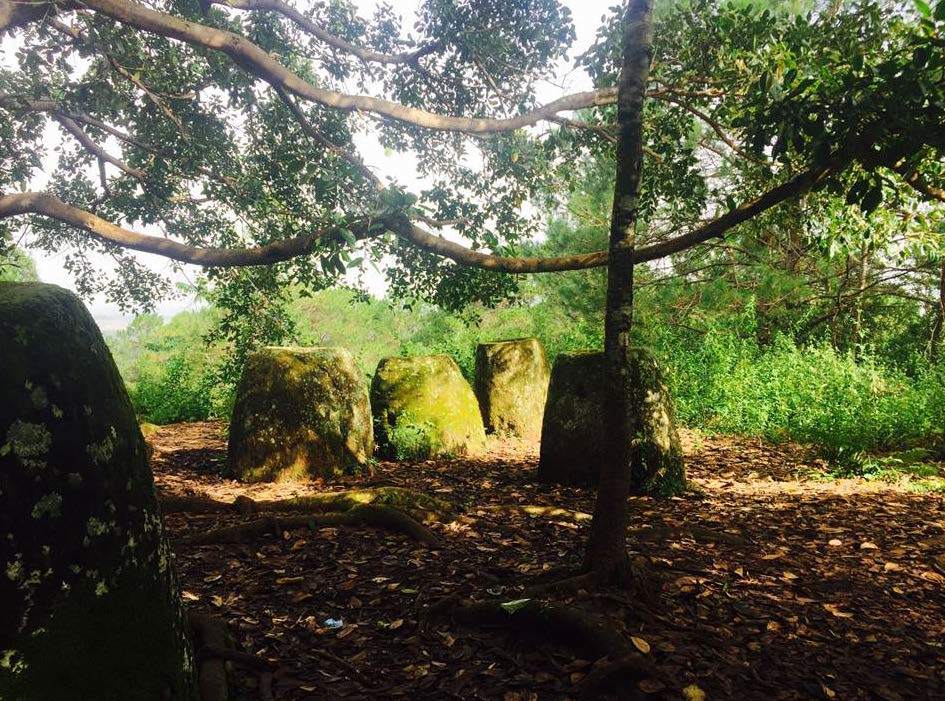
Megalithic Jar Sites in Xiengkhuang – Plain of Jars, Lao People’s Democratic Republic. A group of megalithic jars in Site 2, Ban Na Kho Village, Phaxay District. Photo by Kamonrat Chayamarit, ©Department of Heritage, courtesy of UNESCO.
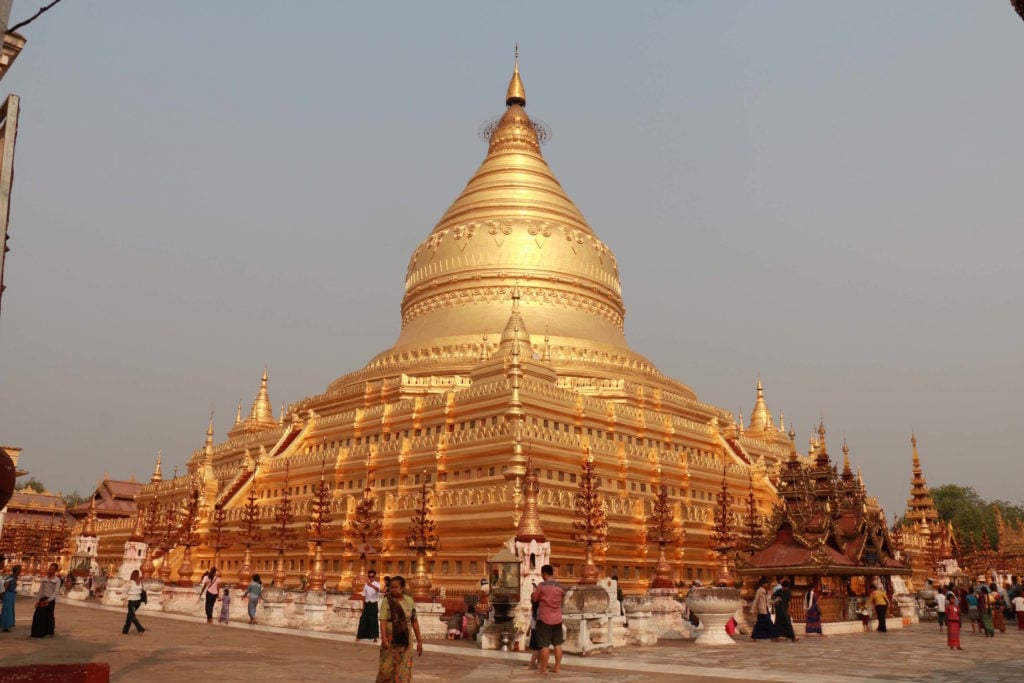
Bagan, Myanmar, a sacred Buddhist landscape. Photo ©Department of Archaeology and National Museum, courtesy of UNESCO.
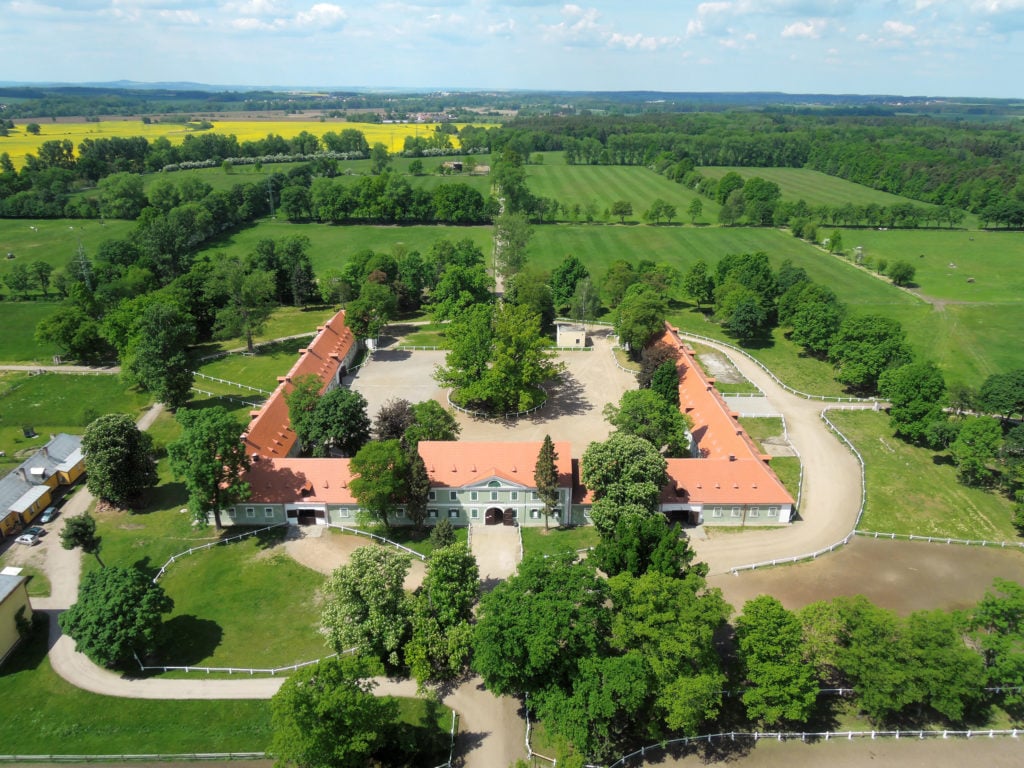
Landscape for Breeding and Training of Ceremonial Carriage Horses at Kladruby nad Labem, Czechia. Photo by Jiří Podrazil, ©National Stud Farm at Kladruby nad Labem, s.p.o., courtesy of UNESCO.
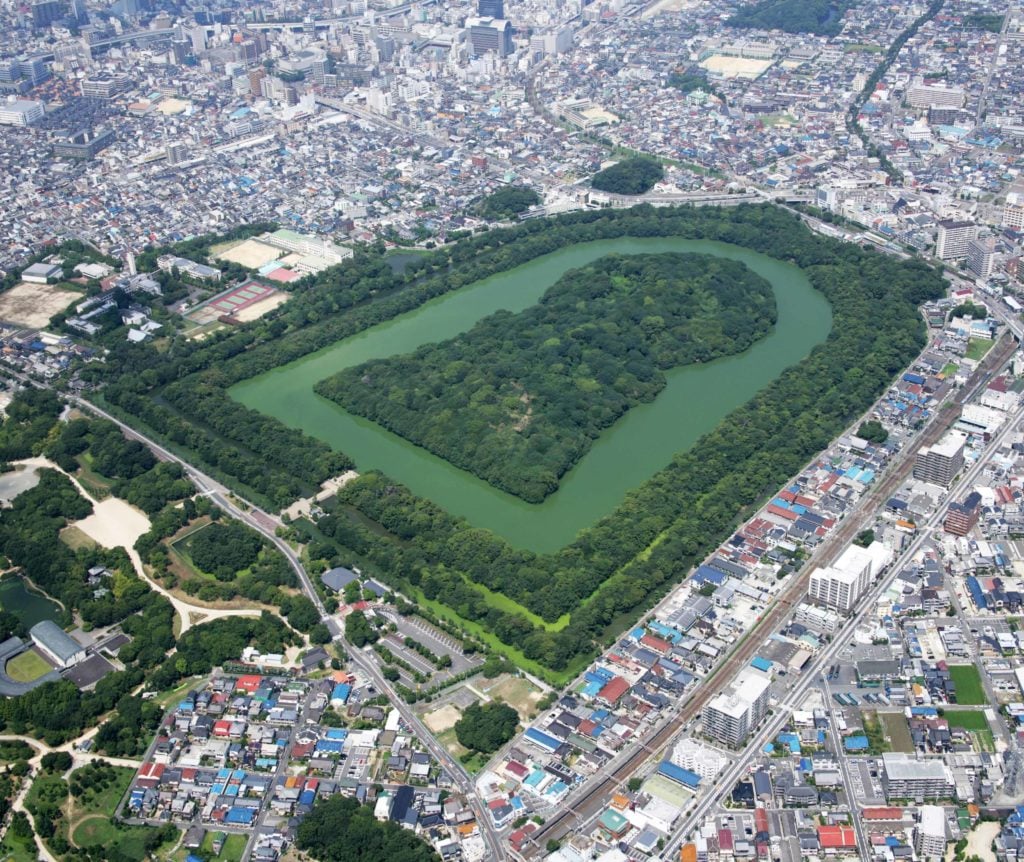
Mozu-Furuichi Kofun Group: Mounded Tombs of Ancient Japan, Nintoku-tenno-ryo Kofun. Photo ©Sakai City Government, courtesy of UNESCO.
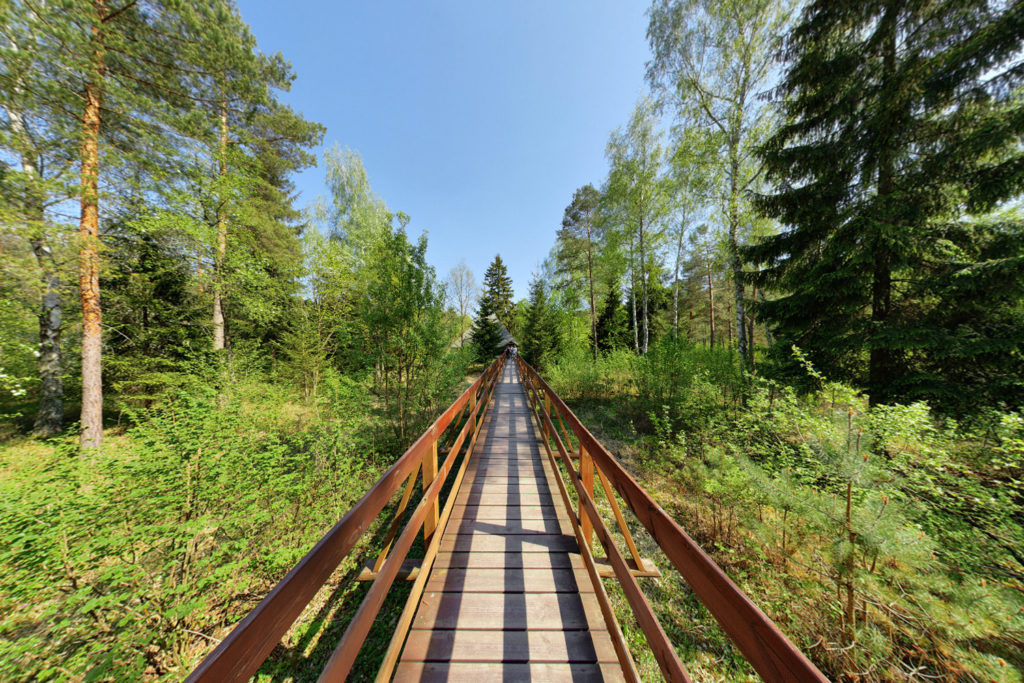
Krzemionki Prehistoric Striped Flint Mining Region, Poland. A viewing platform over Neolithic exploitation field. Photo by Krzysztof Pêczalski, ©Historical and Archaeological Museum in Ostrowiec Świętokrzyski, courtesy of UNESCO.
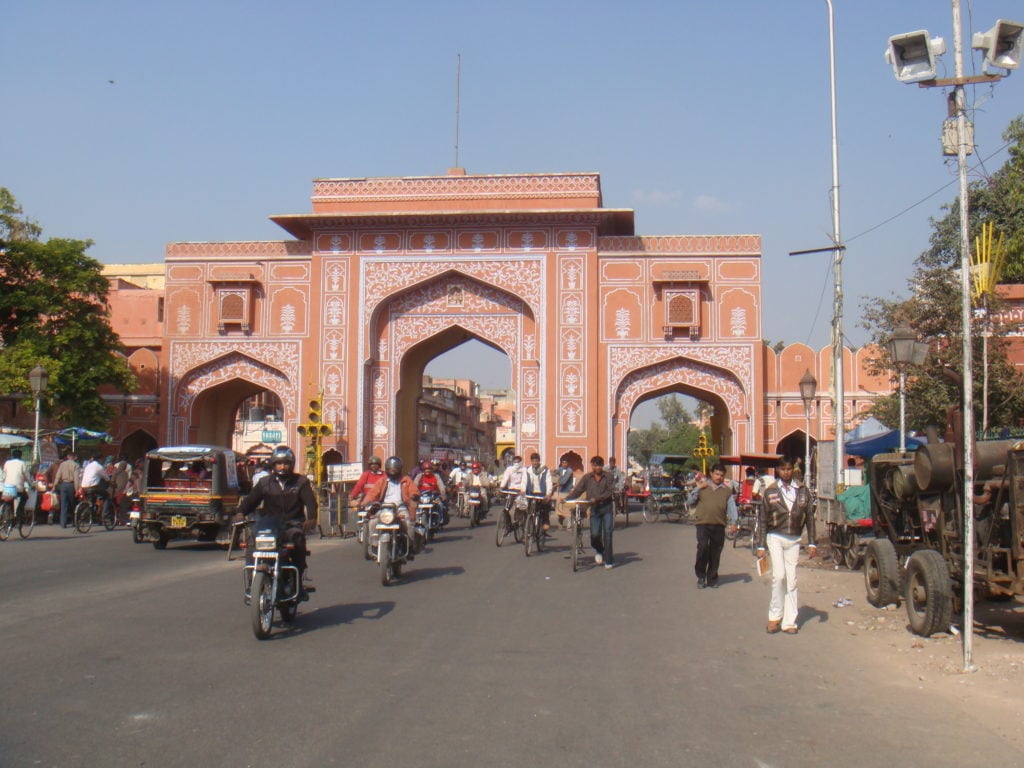
Jaipur City, Rajasthan, India. View of Sanganeri Gate from Bapu Bazaar. Photo ©DRONAH, courtesy of UNESCO.
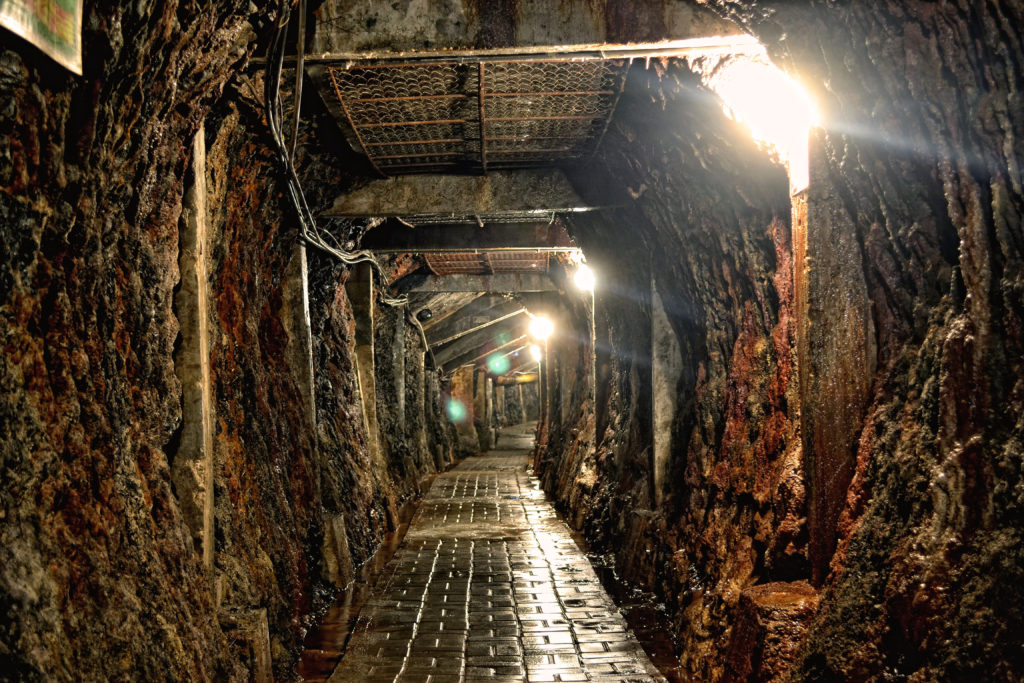
Ombilin Coal Mining Heritage of Sawahlunto, Indonesia. Photo ©Office of Cultural Affairs, Historical Remains and Museum, courtesy of UNESCO.
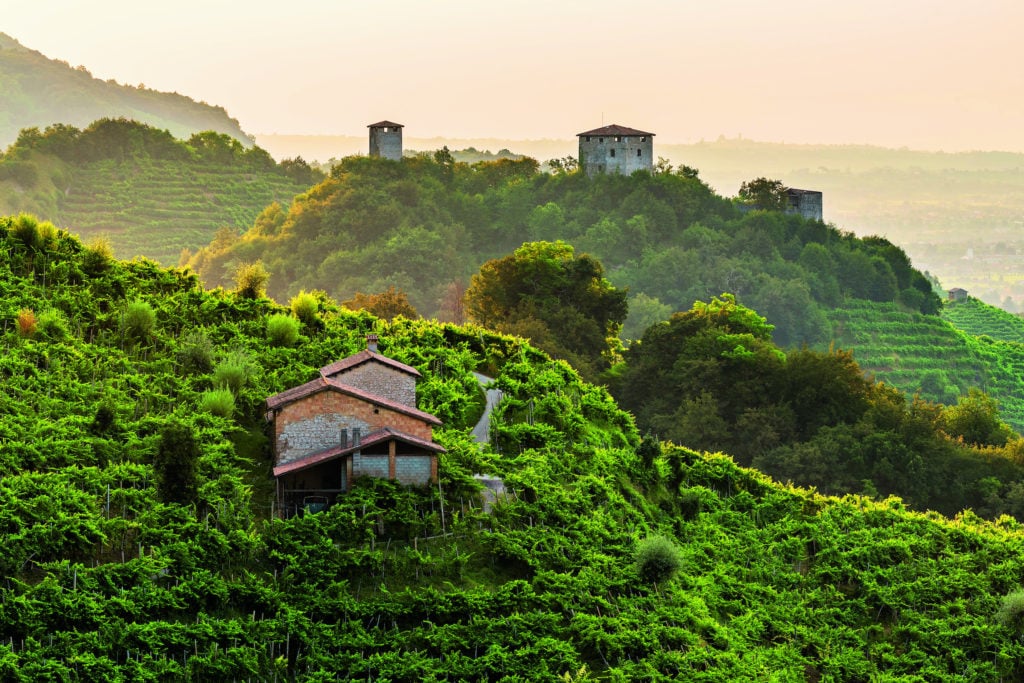
San Martino mountain passSan Martino mountain pass, Le Colline del Prosecco di Conegliano e Valdobbiadene, Italy. Photo ©Consorzio Tutela del Vino Conegliano Valdobbiadene Prosecco Superiore Docg/Arcangelo Piai fotografo, courtesy of UNESCO.

Paraty and Ilha Grande, Brazil. Chapel of Sorrows. Photo by Oscar Liberal, ©IPHAN, courtesy of UNESCO.